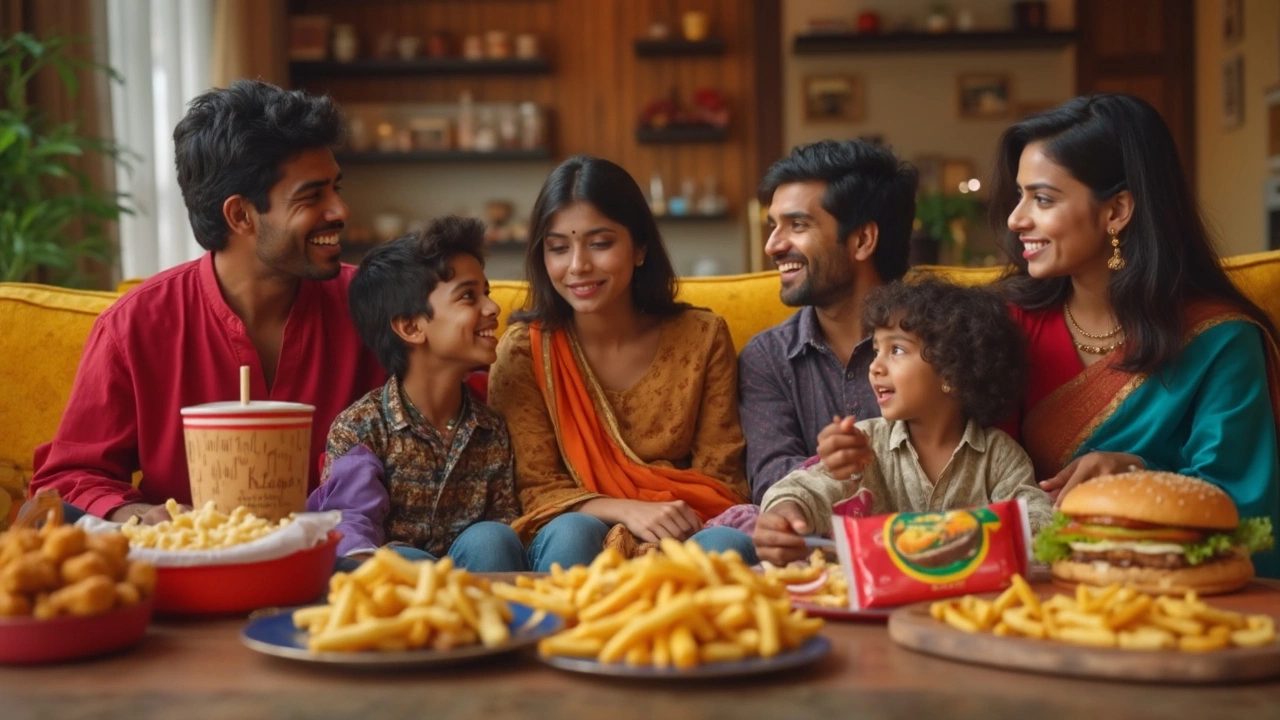Unhealthy Food in India: Risks, Junk Snacks, and Sugar Overload
When talking about Unhealthy Food, any dish or snack that contributes to poor health because of excess fat, sugar, salt, or low nutritional value. Also known as junk food, it often shows up at street stalls, party platters, or fast‑food menus. This unhealthy food umbrella encompasses items like deep‑fried samosas, sugary drinks, and buttery sweets, and it requires awareness of hidden calories and additives.
Key Factors Behind Unhealthy Choices
One major driver is junk food, ready‑to‑eat products high in refined carbs, saturated fats, and artificial flavorings. In India, the rise of pakoras, chips, and masala‑coated snacks means more people reach for quick bites that pack a punch of calories but little protein or fiber. Another powerful influence is sugar consumption, the amount of added sugars taken daily through beverages, desserts, and sweetened sauces. Studies show that Indians often exceed WHO recommendations, especially with sugary chai, mango lassi, and store‑bought sweets. High sugar spikes insulin, fuels fat storage, and raises the risk of diabetes.
We also need to look at high‑calorie dishes, traditional meals that are calorie dense because of ghee, cream, or fried preparation methods. Classic biryani, butter chicken, and creamy paneer gravies taste amazing, yet a single serving can deliver more than 800 calories. When combined with oily rotis or naan, the total meal quickly crosses daily energy limits. These dishes influence overall diet quality and contribute to weight gain if eaten frequently.
All these entities intersect with health risks, long‑term conditions like obesity, heart disease, hypertension, and type 2 diabetes linked to poor diet. The more often you consume junk food, sugary drinks, or high‑calorie meals, the higher the chance of developing chronic ailments. This link is why nutrition experts keep warning about the hidden danger of everyday indulgences.
Understanding the web of connections helps you spot trouble spots. For example, a street vendor’s chaat might look harmless, but it often blends fried dough, sweet tangy sauces, and a drizzle of yogurt—making it a triple threat of junk food, sugar, and calories. Similarly, a popular movie‑night snack pack of nachos, cheese, and spicy ketchup packs more fat and sugar than a simple vegetable stir‑fry.
Our collection below digs deeper into each of these angles. You'll find a breakdown of India’s most unhealthy foods, the science behind sugar’s impact, tips to make biryani lighter, and a look at how different ethnic groups consume sugar. Whether you’re trying to cut back on junk snacks or just want to understand why some dishes feel so tempting, the articles ahead give practical, no‑fluff advice you can apply tonight.
Ready to see how the pieces fit together? Scroll down to explore the detailed guides, nutrition facts, and quick swaps that will help you enjoy Indian flavors without the hidden health costs.

Which Country Eats the Most Unhealthy Food? Surprising Facts for Snack Lovers
From deep-fried burgers in the U.S. to loaded fries in other countries, the race for the most unhealthy eater is competitive. This article breaks down which country tops the list for unhealthy food consumption and why. It digs into global snacking habits, the stats behind junk food addiction, and what this means for everyday health. If you're trying to make better snack choices in India, you'll find handy tips here. Get ready to rethink your next snack run.